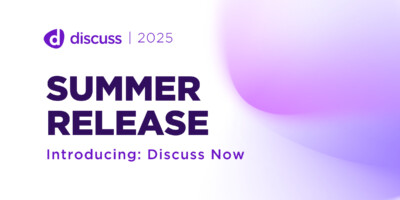Essentials to Coding Qualitative Data
Qualitative research focuses on the interpersonal, yes, but that makes it no less complex than its quantitative counterpart. Referred to as “coding,” researchers organizing feedback often create complex webs of analysis. A system for categorizing anything from keywords to emotives, coding charts participant’s reactions and opinions throughout a session. The more sessions, the more perspectives that can be organized into the analytic code.
Pre-set and Emergent Codes
While always a tool for analysis, coding typically starts as a preset schema. Researchers organize it based off how they expect participants will react to stimulus, answer questions, etc. An initial effort, presets are also the foundations for any evolution the code undergoes with further analysis.
Emergent codes, meanwhile, develop as the study progresses. These are areas of interest that come from either a preset code or via common occurrences throughout the study. They usually provide new topics to analyze in relation to the preset code.
Narrative Techniques
Consistency is vital for any study. One mishap common for first time researchers is creating code without constructing a central narrative. UC Davis, in fact, goes so far as to advocate creating a storyline. While useful for detail, choosing a broad narrative or specific story depends on the research itself.
Both concepts, however, enable researchers to better consider topics a study will begin to encompass. Figuring out if expectations correlate with feedback is simple as well: if a category continually draws blank, for instance, then it is either irrelevant or merely present as an option.
Along with enhancing accuracy and productiveness, using narrative techniques also encourages criticism. If, for instance, a preset mismatches input then researchers can look into why. Improvement to the overall study process is the usual result. Further, narrative techniques encourage researchers to review themes they wish to evaluate. Initial foci may seem like the most obvious or natural, but further consideration can often send researchers in a completely different direction.
Remain Fluent During the Study
Fluency is absolutely crucial. Depending on the research, many codes must often accommodate new terms or exclude old ones. Using shorthand, often symbols, letters, or numbers designating a category, is common for quick references and to simplify otherwise unwieldy representations of data. Researchers sometimes resort to using the symbol of a past category for an emergent one, but avoid doing so if at all possible. Over-familiarity can lead to later mistakes unless a rubric stays current and distinct.
Remember, There’s Always Content Analysis Too
Coding certainly helps researchers explore pertinent data, but it is hardly the only method. Raw content analysis, as noted in a paper by Dr. Jochen Gläser, also has an important place in qualitative research. Far more effective if the research is embedded in earlier theory, content analysis can significantly reduce processing times at the cost of exploring narrative trends or other markers. Coding, meanwhile, is ideal for such analysis. Learn more about such methodologies by checking out our demo or chatting with us.
Ready to unlock human-centric market insights?
Related Articles

How to Facilitate Meaningful Insights: Strategies for Effective Focus Group Discussions
Conducting a worthwhile focus group requires a strong purpose and well-defined objectives. This isn’t an ordinary chat; it’s an organized…
Conducting a worthwhile focus group requires a strong purpose and well-defined objectives. This isn’t an ordinary chat; it’s an organized…

How to Optimize Engagement with a Virtual Focus Group: Strategies and Tips
Creating successful engagement in virtual focus groups starts with proper planning. This involves everything from the setup of your digital…
Creating successful engagement in virtual focus groups starts with proper planning. This involves everything from the setup of your digital…

Maximize the number of research projects completed by year’s end: Yes, it can be done
Ask most agencies managing enterprise-level market research (MRX) projects, and they’ll tell you they have a love/hate relationship with their…
Ask most agencies managing enterprise-level market research (MRX) projects, and they’ll tell you they have a love/hate relationship with their…



